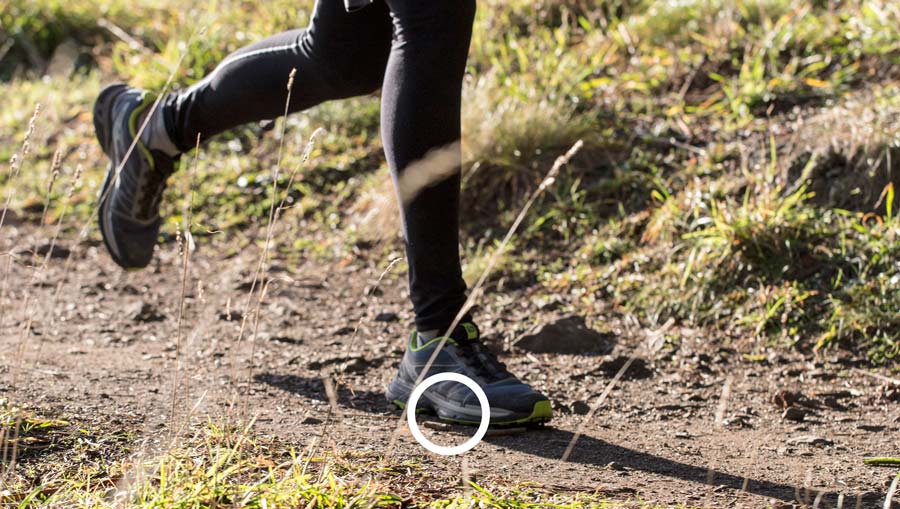
Trail running offers a thrilling escape into nature, away from the monotony of city pavements and bustling streets. Whether you’re a seasoned marathoner or a novice seeking adventure, hitting the trails can be a rejuvenating and exhilarating experience. However, the rugged terrain and unpredictable conditions demand a different approach compared to road running. Here are some essential tips and tricks to help you master the art of trail running:
Start Slow and Short:
- If you’re new to trail running, begin with shorter distances on well-marked trails. This allows you to build confidence and adapt to the uneven terrain without pushing too hard.
Choose the Right Footwear:
- Invest in trail-specific running shoes with good tread and ankle support. They offer stability and protection against rocks, roots, and mud. Ensure they are comfortable and broken in before hitting the trails.
Mind Your Foot Placement:
- Unlike roads, trails can be littered with obstacles like rocks, roots, and fallen branches. Stay focused on where you place your feet to avoid tripping or twisting an ankle. Shorten your stride and maintain a light step to react quickly to changes in terrain.
Stay Hydrated and Fuelled:
- Carry an adequate supply of water and energy snacks, especially for longer runs. Trail running can be more physically demanding due to varied terrain and elevation changes, so replenish fluids and electrolytes regularly.
Respect the Environment:
- Trails often traverse through delicate ecosystems. Stay on designated paths to minimize impact on wildlife and vegetation. Pack out all trash and respect any trail rules or closures.
Learn to Climb and Descend Efficiently:
- Uphill climbs and downhill descents require different techniques. Use your arms for momentum while climbing and lean slightly forward to maintain balance on descents. Practice improves efficiency and reduces fatigue.
Be Prepared for Weather Changes:
- Weather conditions can change quickly on trails, especially in mountainous regions. Pack appropriate layers and gear for rain, wind, or colder temperatures. Check the forecast beforehand and adjust your plans accordingly.
Develop Trail Awareness:
- Stay alert to your surroundings. Familiarize yourself with trail markings and signs. Bring a map or use GPS if exploring unfamiliar routes. Let someone know your planned route and estimated return time for safety.
Embrace the Challenge:
- Trail running offers a mental and physical challenge that road running often lacks. Embrace the solitude of nature, conquer obstacles with determination, and celebrate the breathtaking views that trails often reward you with.
Recover Mindfully:
- After a trail run, cool down with gentle stretches to prevent stiffness and soreness. Hydrate and refuel with a balanced snack containing protein and carbohydrates. Listen to your body’s cues and allow adequate time for recovery.
Conclusion:
Trail running is more than just a sport; it’s an adventure that connects you with nature and challenges your physical limits. By following these tips and tricks, you can enhance your trail running experience while staying safe and enjoying the beauty of the great outdoors. So, lace up your trail shoes, explore new paths, and let the trail lead you to new heights of fitness and exploration. Happy trails!
